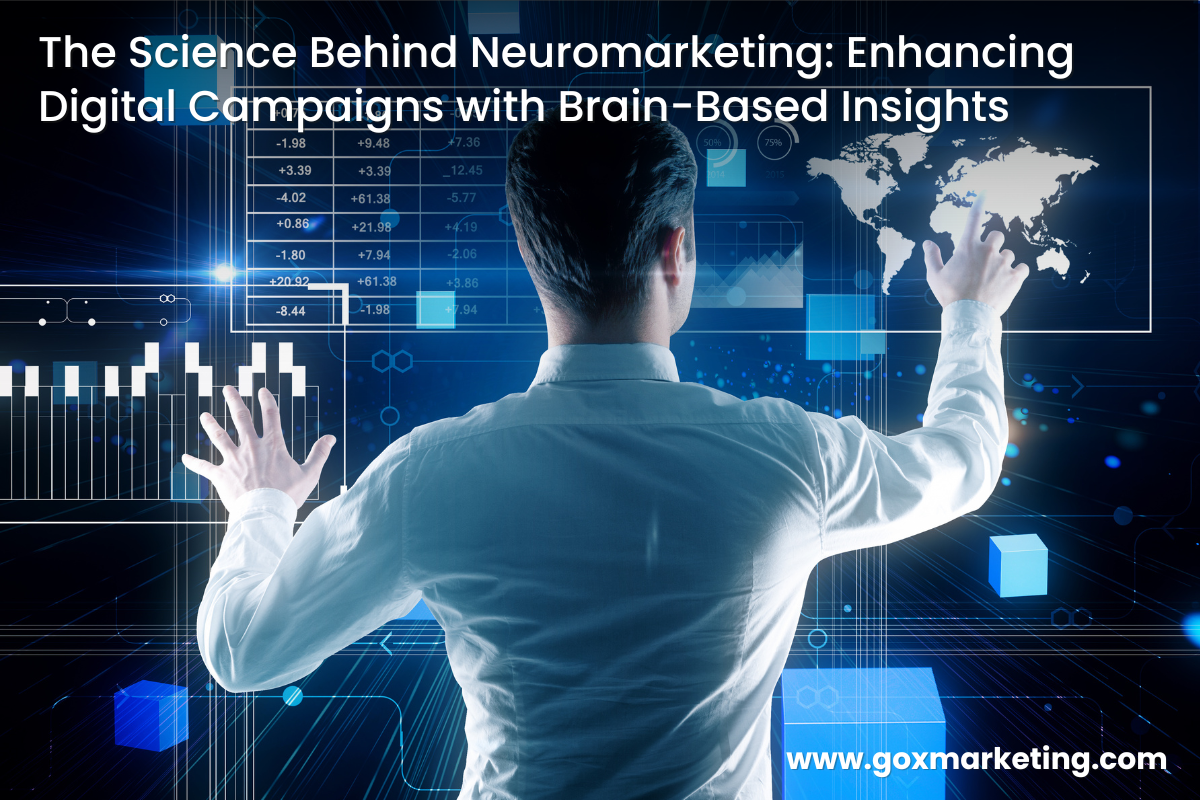Neuromarketing merges neuroscience with marketing to reveal how brain activity influences consumer behavior. By understanding the cognitive and emotional responses triggered by various marketing stimuli, digital campaigns can be crafted to be more impactful and effective. Here’s a look at how the science behind neuromarketing can elevate your digital marketing strategies.
Neuromarketing employs fMRI (functional Magnetic Resonance Imaging) and EEG (Electroencephalography) to observe brain activity in response to marketing materials. These techniques provide insights into which aspects of an ad or campaign capture attention, evoke emotions, and drive decision-making. For example, fMRI can reveal which visual elements or messages trigger positive or negative responses, allowing marketers to adjust their strategies accordingly.
Another crucial aspect of neuromarketing is understanding the role of emotional engagement. Studies show that emotions significantly influence consumer decisions. Ads that resonate emotionally are more likely to be remembered and acted upon. Integrating emotionally compelling content into your digital campaigns can enhance their effectiveness and foster stronger connections with your audience.
Additionally, neuromarketing helps optimize the user experience. Analyzing how users interact with digital interfaces and content allows for improvements that make the user journey smoother and more engaging. This can lead to higher conversion rates and better overall campaign performance.
Utilizing the science of neuromarketing can transform how digital campaigns are designed and executed. By applying brain-based insights, you can create more resonant, effective marketing strategies that drive better results.



